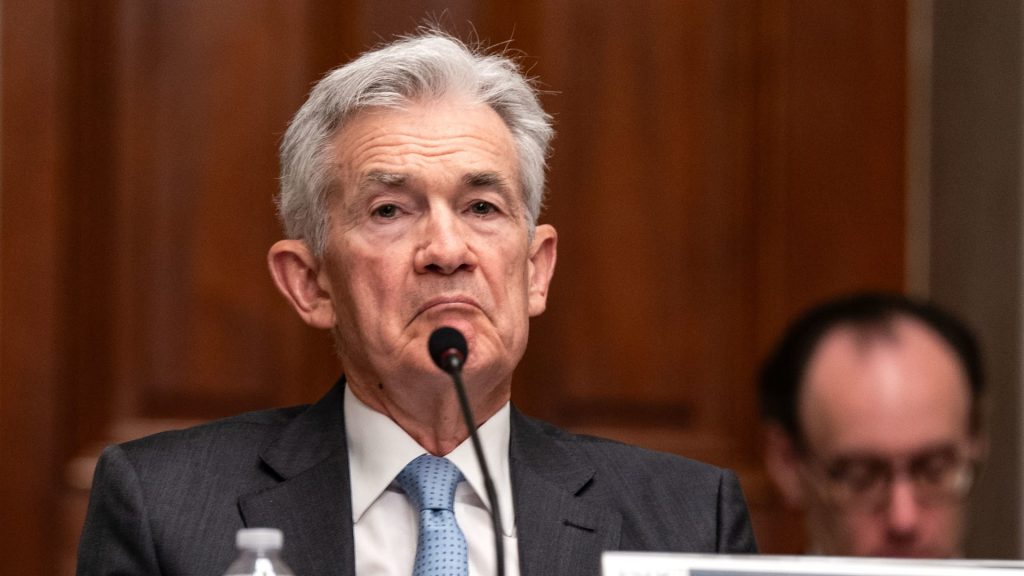Federal Reserve Chair Jerome Powell reiterated Tuesday that inflation is falling more slowly than expected and will keep the central bank on hold for an extended period.
Speaking to the annual general meeting of the Foreign Bankers’ Association in Amsterdam, the central bank leader noted that the rapid disinflation that happened in 2023 has slowed considerably this year and caused a rethink of where policy is headed.
“We did not expect this to be a smooth road. But these [inflation readings] were higher than I think anybody expected,” Powell said. “What that has told us is that we’ll need to be patient and let restrictive policy do its work.”
While he expects inflation to come down through the year, he noted that hasn’t happened so far.
“I do think it’s really a question of keeping policy at the current rate for longer than had been thought,” he said.
However, he also repeated that he does not expect the Fed to be raising rates.
The Fed has been holding its key overnight borrowing rate in a targeted range of 5.25%-5.5%. Though the rate has been there since July, it is the highest level in some 23 years.
“I don’t think that it’s likely, based on the data that we have, that that the next move that we make would be a rate hike,” he said. “I think it’s more likely that we’ll be at a place where we hold the policy rate where it is.”
Powell’s comments mirrored sentiments he expressed following his May 1 news conference after the most recent Federal Open Market Committee meeting.
The committee unanimously voted to hold the line on rates while also expressing that it had seen a “lack of further progress” on getting inflation back to the Fed’s 2% target, despite a series of 11 interest rate increases.
Tuesday brought a fresh round of discouraging inflation data, when the Labor Department’s producer price index, a proxy for wholesale costs, rose a higher than expected 0.5% in April on the back of a surge in services prices.
Though the index on its surface indicated further price pressures, Powell called the report “mixed” as some of the components showed easing movement.
“Is inflation going to be more persistent going forward? … I don’t think we know that yet. I think we need more than a quarters worth of data to really make a judgement on that,” he said.
Read the full article here
